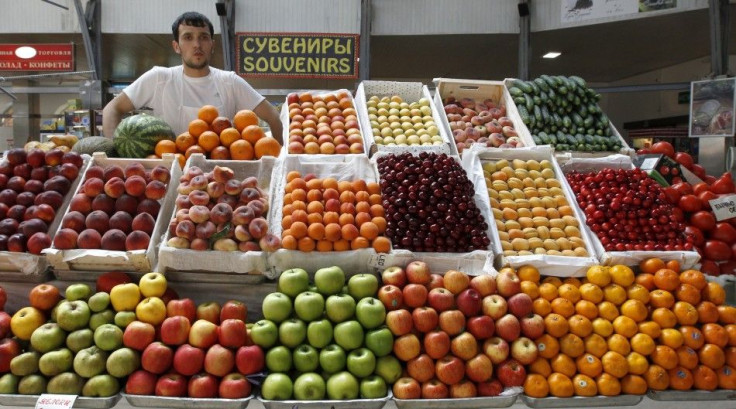An Apple a Day Reduces Stroke Risk by 52 Percent: Data

Consuming lots of white-fleshed fruits and vegetables, such as apples and pears, may significantly reduce the risk of stroke, according to new research.
A Dutch study, in Stroke: Journal of the American Heart Association, found that eating a lot of fruits and vegetables with white flesh may help in preventing more than half of strokes among a sample population.
More than 20,000 Dutch adults, aged 20 to 65, completed detailed questionnaires about the foods they would typically eat over the course of a year.
Ten years later, the researchers found that 233 suffered from strokes.
To prevent stroke, it may be useful to consume considerable amounts of white fruits and vegetables, Linda M. Oude Griep, lead author of the study and a postdoctoral fellow in human nutrition at Wageningen University in the Netherlands, said in a statement.
People who reported eating the most white-colored fruit and vegetables had a 52 percent lower risk of having a stroke during the study than those who ate the least.
For example, eating one apple a day is an easy way to increase white fruits and vegetable intake, Griep added.
Dutch researchers examined whether people’s stroke risk might be affected by their consumption of fruit and vegetables in four colour groups.
- Green: for example, dark leafy vegetables, broccoli, lettuces, French beans, honeydew melons, and kiwi fruit.
- Orange/yellow: for example, citrus fruit, cantaloupes, carrots, and peaches.
- Red/purple: for example, grapes, berries, tomatoes, red peppers, and red beets.
- White: for example, apples, pears, bananas, garlic, onions, cauliflower, cucumbers, and mushrooms.
Apples, which are, on average, about 120 grams, and pears may lower stroke risk because they are high in dietary fiber and the color reflects beneficial chemicals known as carotenoids and a flavonoids, called quercetin, researchers said.
The researchers found that each 25 gram/day increase in white-colored fruits and vegetable consumption equaled a nine percent lower risk of stroke. Although, researchers didn’t look at potatoes and legumes, as they differ significantly from other vegetables in nutritional content.
Previous studies have linked high consumption of fruit and vegetables with lower stroke risk, yet, the latest findings are the first to examine different fruit and vegetable colors with risks.
Researchers did not take into account health and lifestyle factors, including people’s blood pressure, cholesterol levels, body mass index (BMI), smoking history, alcohol intake, level of exercise, and overall diet.
© Copyright IBTimes 2024. All rights reserved.





















